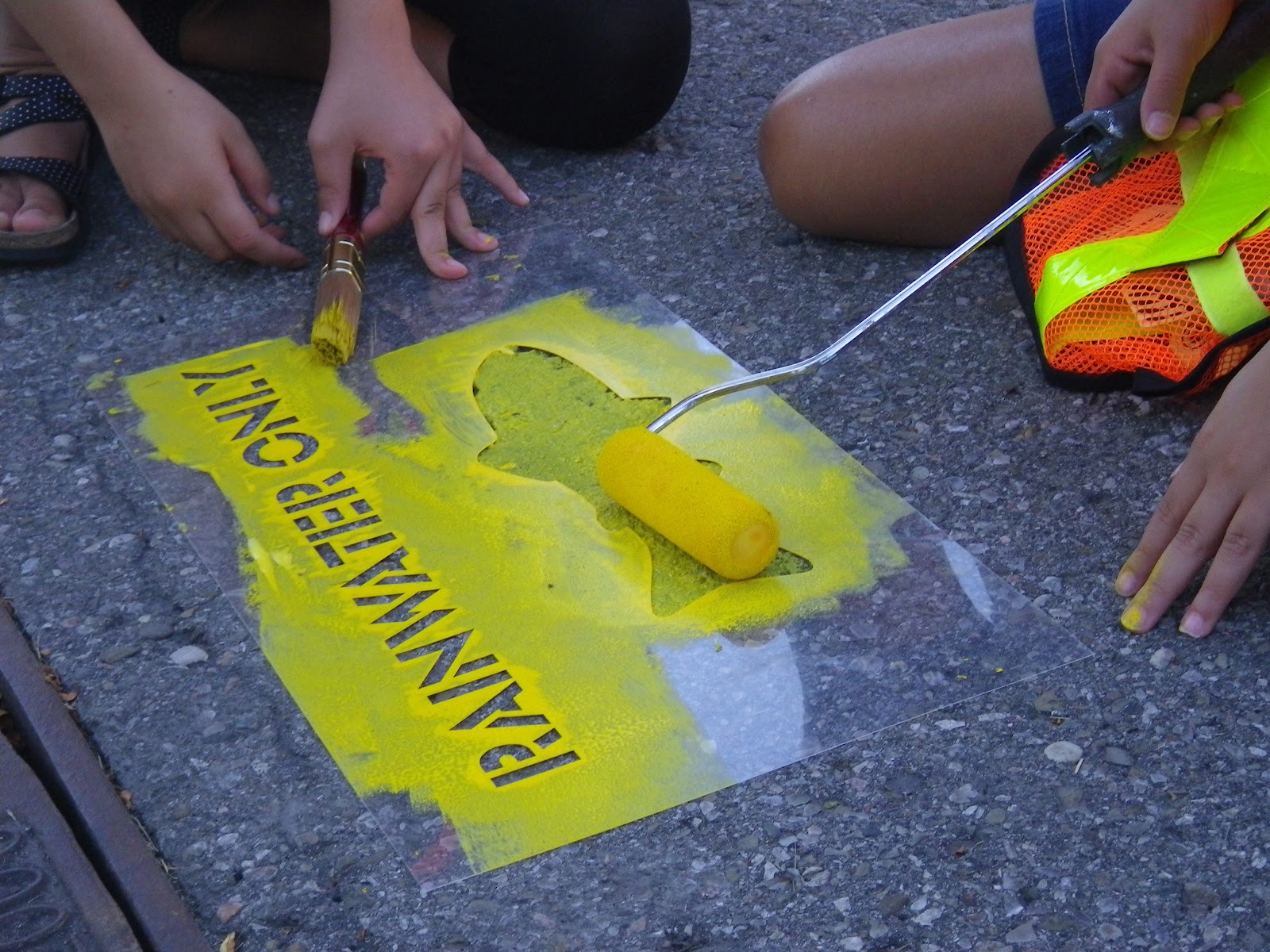Pollution Prevention
 Urban surfaces like roads, parking lots and even lawns, are sources of a variety of contaminants that are picked up in stormwater runoff and ultimately deposited into our lakes and rivers. The practice of stormwater pollution prevention includes a range of structural and non-structural measures that aim to reduce these urban contaminants at their source.
Urban surfaces like roads, parking lots and even lawns, are sources of a variety of contaminants that are picked up in stormwater runoff and ultimately deposited into our lakes and rivers. The practice of stormwater pollution prevention includes a range of structural and non-structural measures that aim to reduce these urban contaminants at their source.
Some common pollutants of concern found in urban runoff are sediment, heavy metals, hydrocarbons, road salts, and pesticides. These are either intentionally applied (e.g. pesticides, road salt), unintentionally built up or deposited (e.g. sediment, pet faeces, leaks and residues from motor vechicles), or part of the urban surfaces themselves (e.g. hydrocarbons in pavement sealant). Given the varied sources of urban pollutants, a multi-faceted approach to pollution prevention is required. Examples of current pollution prevention measures applied in Ontario include:
- Municipal catchbasin and street cleaning programs
- Salt management plans
- Legislation restricting the application of contaminants (e.g. Ontario’s cosmetic pesticides ban)
- Product substitution (e.g. safer alternatives to wood preservatives, paint products, cleaners, fertilizers)
- Public education (e.g. Yellow Fish Road Program)
- Erosion and sediment control
Aside from measures focused on improving water quality by reducing the prevalence of contaminants, runoff volume reduction measures (e.g. downspout disconnection, low impact development) are also an important component of pollution prevention plans. Reducing total volumes of urban runoff through increased infiltration and evapotranspiration means less opportunity for entrainment of pollutants and less potential for combined sewer overflows (CSOs). In Toronto, as in many other municipalities with older sewer systems, CSOs result in the discharge of high levels of fecal coliforms to Lake Ontario, which contribute to beach closures.
Select a category on the right side bar to learn more about specific pollution prevention measures.
